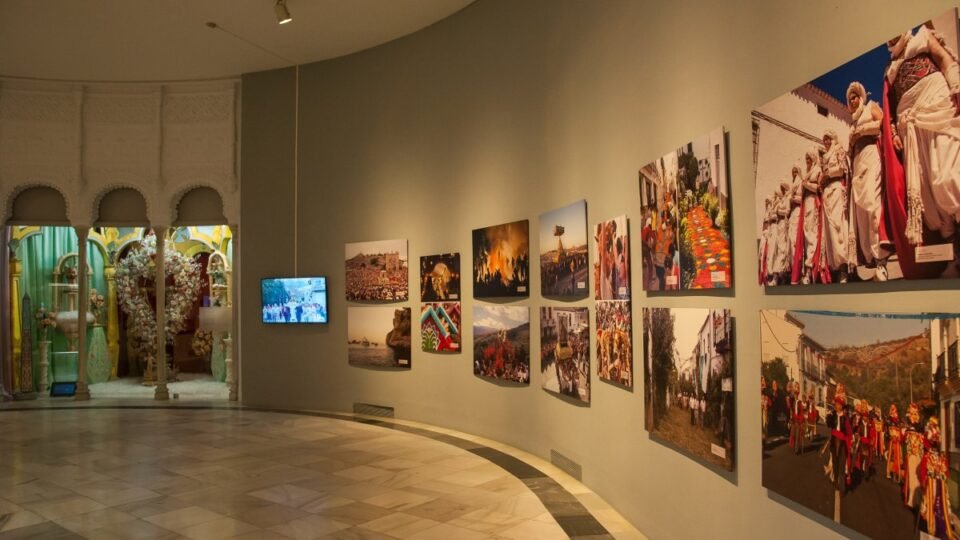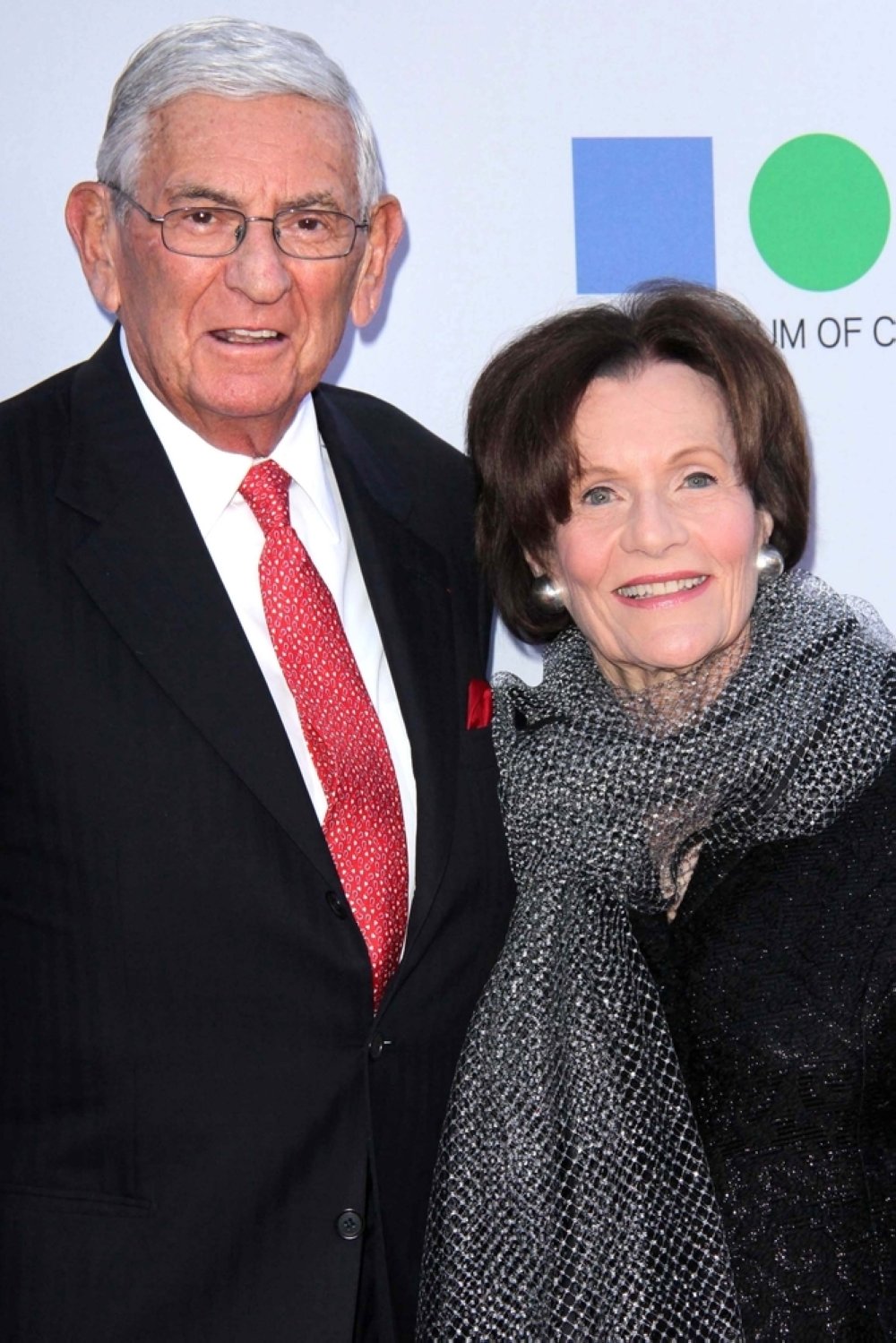Art is not only created, but also claimed, cared for and curated. While the spotlight often falls on the artist, the collector quietly becomes the co-author of cultural memory. To collect art is to express values, map identity and assert taste, but also to enter into an intimate contract with beauty, risk and history.
The collector is not merely a buyer; they are also an enthusiast. They are a custodian of narratives, a translator of aesthetics into legacy. From the Renaissance patron to the modern hedge fund-backed museum founder, collecting has always mirrored power, desire and longing – sometimes intellectual, sometimes emotional, often both. In our age of spectacle and speed, the act of collecting, pausing, selecting and preserving becomes a rare form of resistance.
Prestige and investment are undeniably part of the equation. In a world where art fairs resemble stock exchanges and auction houses issue financial forecasts, collecting can be a strategic investment. Art becomes a soft currency, a tax shelter, or even a geopolitical tool. But beneath the market sheen, there lies something more primal: the drive to possess. Not to consume, but to anchor something ephemeral a vision, a feeling, a moment into permanence.
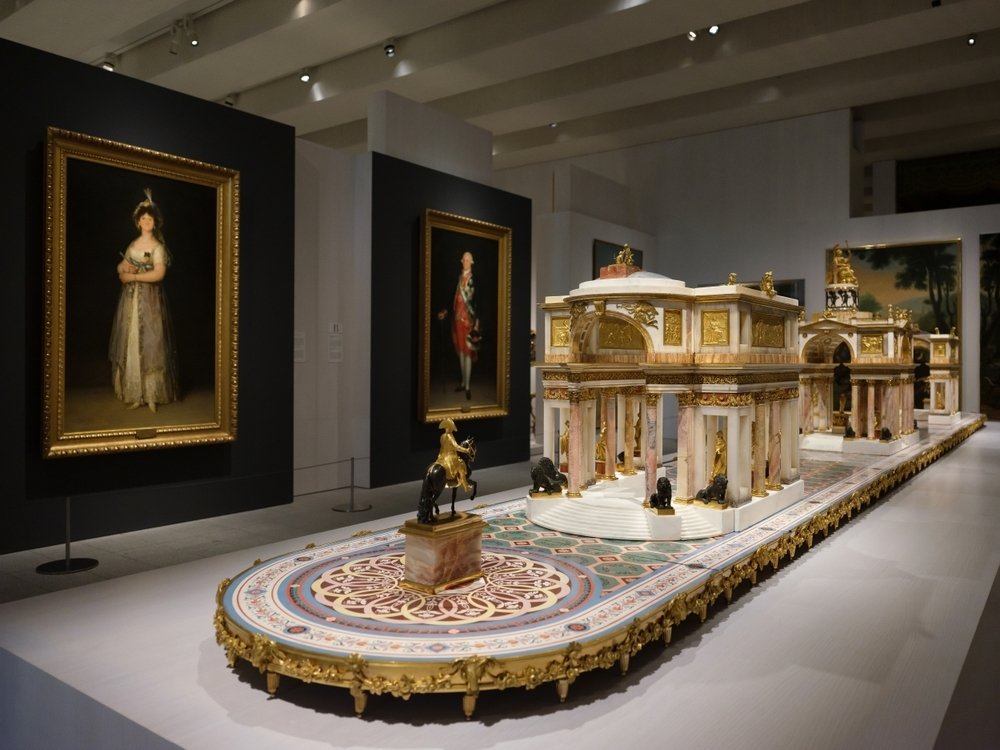
Yet the financial aspect of collecting is neither incidental nor crass. When approached thoughtfully, collecting art can offer substantial long-term returns. Unlike mass-produced assets, original artworks are finite. Their value is shaped not only by market dynamics but by cultural relevance, historical context and curatorial endorsement. Works by emerging artists can increase exponentially in value as their careers progress, while blue chip pieces tend to retain and steadily appreciate over decades. Moreover, artworks are resilient to short-term volatility; they don’t crash with stock markets overnight. In regions with inflation or currency instability, art has proven to be a store of value, sometimes even a lifeboat for wealth preservation. While it should not replace a diversified portfolio, art adds a layer of cultural capital to financial capital and sometimes, that distinction makes all the difference.
How does one begin to collect?
The first step is remarkably intuitive: look. Visit galleries, biennials and artist studios. Don’t be intimidated by white walls and lofty language; let yourself be moved. Trust your eye, even before you trust the market. Great collectors begin with instinct, not spreadsheets. Talk to artists when you can. Build relationships with gallerists you admire. Understand that collecting is not just a transaction; it is an ongoing conversation between the work, the maker and the one who chooses to keep it.
Start small, if you wish. Limited edition prints, works on paper, or emerging digital platforms offer accessible entry points. Keep records, provenance, certificates and artist notes. Documentation is the spine of a serious collection. Most importantly, think long term. What you buy today may one day carry cultural weight beyond measure, but even if it doesn’t, it will have given you a kind of emotional wealth that few assets can.
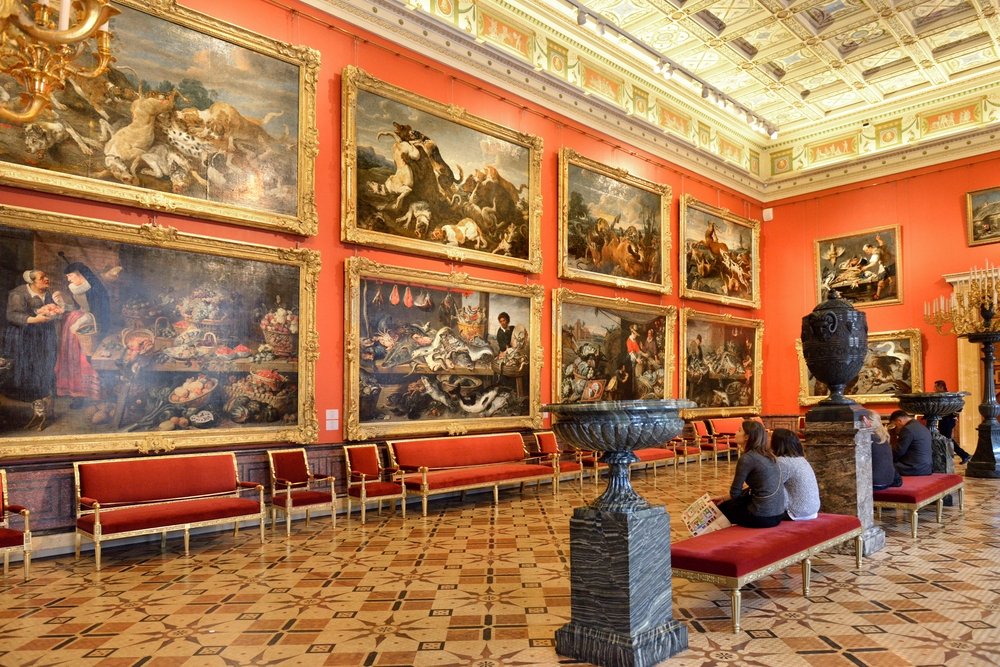
Because ultimately, art collecting is not about ownership, but about stewardship. It is a vow, a form of devotion. A collector might never lift a brush, yet they shape the world of art with every acquisition. Their homes become silent museums; their choices become soft revolutions. They are not passive consumers, but co-creators of legacy.
In return, collecting offers something rare: cultural legacy, intellectual fulfillment, emotional intimacy. It provides the daily joy of cohabiting with beauty, with boldness, with meaning. It offers a mirror, yes – but sometimes also a window, or even a doorway into the unknown.
Although, there are thousands of good examples of art collectors, one of the most inspiring stories in the art world belongs to Eli Broad, the late American entrepreneur and philanthropist. Broad was not born into privilege; he was the child of Lithuanian immigrants and started his career as an accountant before venturing into real estate. He didn’t come from an art background. He purchased his first artwork in the 1970s, almost by accident, after being intrigued by a Roy Lichtenstein piece.
What began as curiosity soon evolved into a lifelong passion. Together with his wife Edythe, Broad began acquiring contemporary works not for status, but for vision. He was known for supporting artists early in their careers, from Cindy Sherman to Jean-Michel Basquiat, often collecting their works before they gained widespread recognition. Over the decades, The Broad has built one of the most significant postwar and contemporary art collections in the world, now housed in its public museum in Los Angeles.
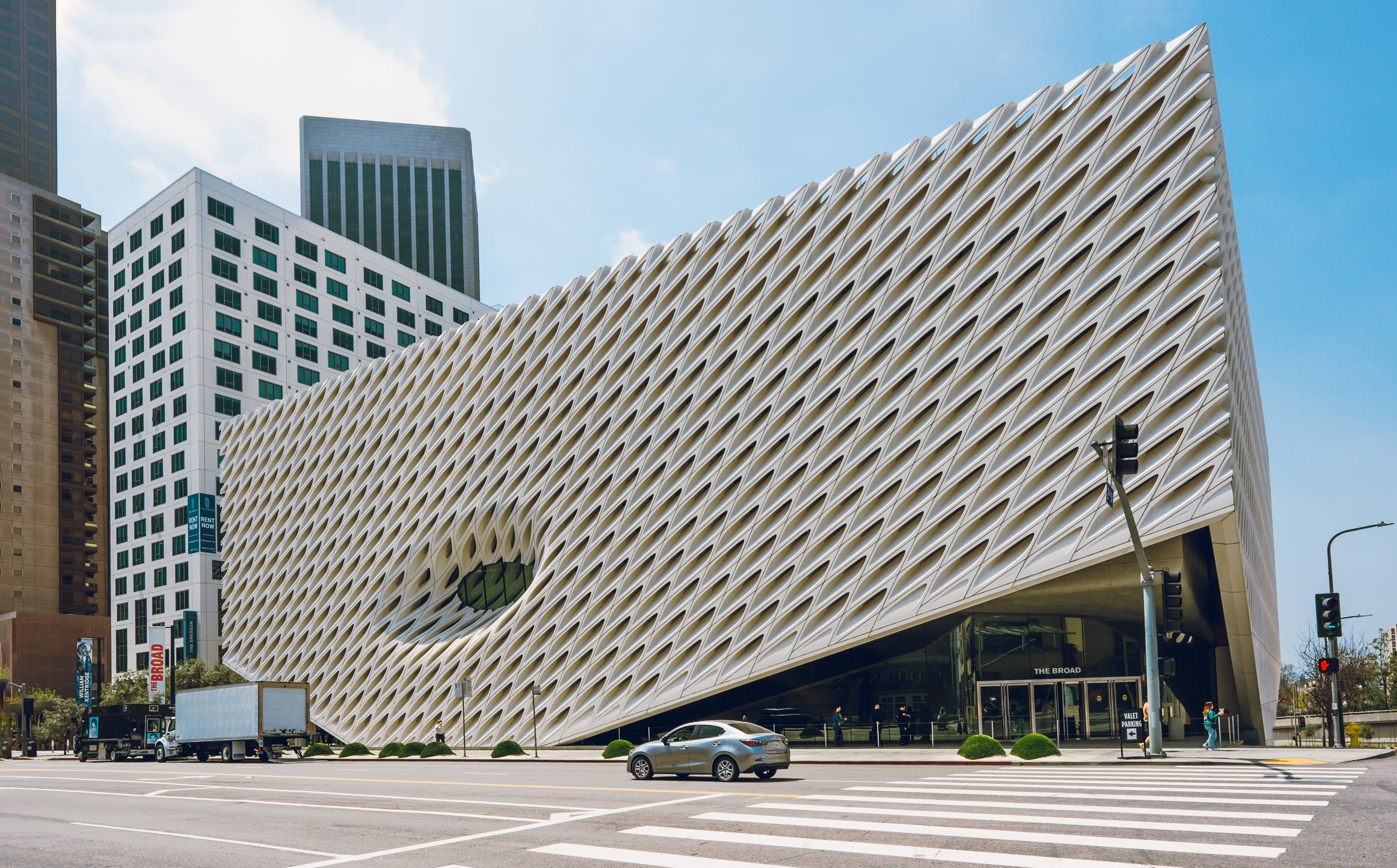
Eli Broad once said, “Civilizations are not remembered by their business people, their bankers or lawyers. The arts remember them.” His journey from modest beginnings to shaping the cultural landscape of a city is a testament to how collecting, when rooted in belief and curiosity, becomes a transformative force, not just for the collector but for society at large.
In the anatomy of possession, in a nutshell, the collector’s heart beats just as wildly as the artist’s. One makes the offering; the other, the vow. And when done with care, collecting becomes a second form of creation.
To collect art is to believe in time in the idea that what stirs the soul today may shape the memory of a century tomorrow. It is an act of faith in beauty, in meaning and in the enduring power of the human hand. Long after the artist’s brush has dried, the collector keeps the work alive, not behind glass, but in the world, in the culture, in the gaze of future eyes. In the quiet intimacy between the eye and the object, a legacy is born. And in that legacy, alongside the artists supported by the collectors, the collectors themselves also become immortal.

